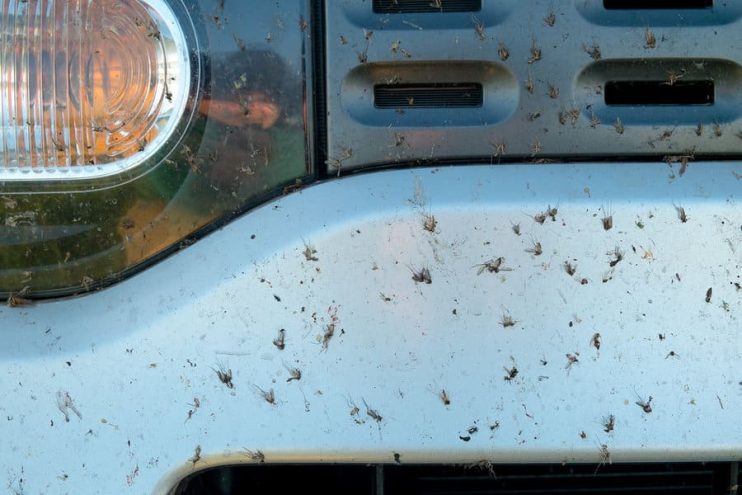
The summer is here and there are plenty of bugs on the scene. If you’re out on the road on a nice day then little splats of fly can plaster your windshield, paint job, headlights and grille. And the longer you leave them drying on your bodywork or glass, the harder they are to remove.
These little dead bugs are more than a bad look. Leave them on your car for too long and there’s a chance they can harden and even damage the paintwork. Enzymes that help the little carcasses decompose can also chemically break down your car paint leaving little ghostly marks of where flies once died.
However cleaning these bugs is not a simple job as anyone who has tried using only the power of the window-screen washer and wipers will tell you. Something a little more heavy-duty is required to remove this sticky stuck on mess.
Forget the regular car shampoo. Put down the regular dish soap, cloth and water. The big guns are required here. Fortunately for you, we have detailed a range of products that will help you win this battle.
Table of contents:
Everyday Household Items
Stuff you should find lying around the house or garage, and you may not need to purchase.
WD40
This is a great little multi-purpose spray that removes bugs, road tar and tree sap. It doesn’t damage the paintwork and leaves a great finish. Spray the spot or mark very lightly with WD-40 and leave it to take effect for a couple of minutes. It’s then a case of simply wiping away the insects with a clean cloth.
Baking Soda
Mix up a little baking soda with water to form a stiff paste. Spread this over the bug marks and leave for around 7-8 minutes. Once this time has passed, wipe away the paste with a soft cloth, rinse off and dry. This is one of the more environmentally friendly options on our list.
Dryer Sheets
Spray the affected area with a water bottle and use wet dryer sheets to lightly scrub the affected area. Keep going until all traces of the little bug marks have been removed. Not the best way to deal with lots of bugs, but a great solution for one or two marks on the car.
Other Household items
- Baby oil – regularly spraying a film over the hood of the car, the front grill and bumper will make future removal a synch.
- Baby shampoo – use with warm water and elbow grease for a nice clean finish.
- Degreaser – a little degreaser on the windshield and bumper for a couple of minutes should allow you to wipe away the bugs with ease.
Bug Specific Products
You can purchase bug cleaning products from auto-shops on larger hardware stores. Some of the best include:
Bug Remover
There are several of these available on the market. Be sure to read the label first to find out whether or not the product needs to be suitably diluted. The one problem with this kind of cleaner is that you often need to reapply paint protection, so be sure to purchase along with a spot wax product that’s easy to use.
Bug Shifter Sponge
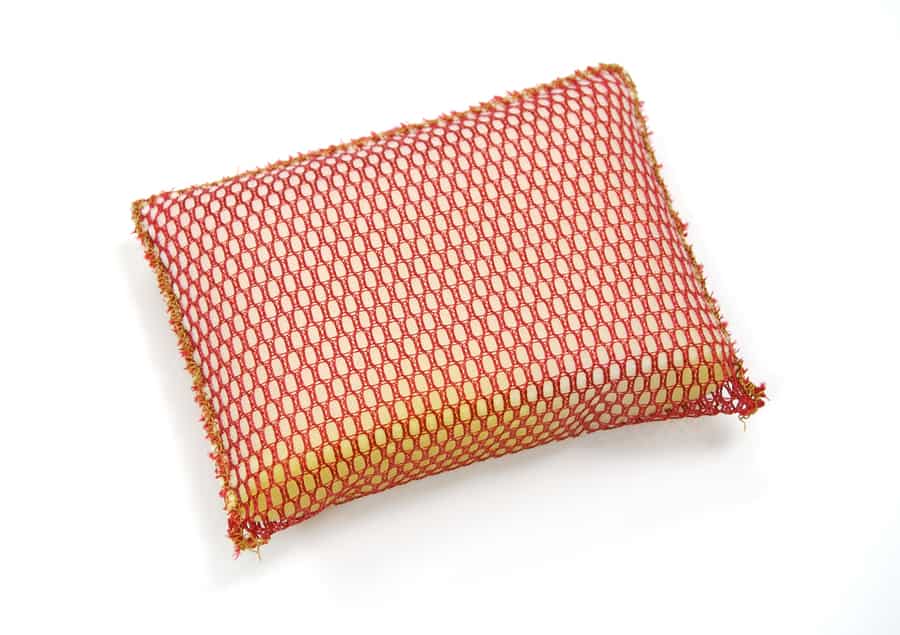
Very effective at removing bugs from your car. Best for large clumps of bugs. Wash and soap down your entire vehicle and use the honeycomb texture on the underside of the sponge to lift off the bug remains. Great investment, especially in the summer months.
Detailing Clay
This clay was originally created to remove paint overspray. Using it is relatively easy. Spray the affected area with clay lubricant and then rub the clay bar backwards and forwards. It will grab the surface, but as it removes contaminants, it glides more easily. Reshape the bar to reveal clean clay every time you need to use it. One of the advantages of this material is that it works on both glass and metal.
Prevention
Of course, there are a few tricks that you can use to make future splats a little easier to wipe off. Insects will have a tough time sticking to a slick bumper and if they do land then they are easier to remove thanks to the lack of surface tension.
Windshield sealants are also a canny investment and have the same slick effect on the glass and help you maintain a good level of visibility.
Avoid using products that are not approved for cleaning your car’s exterior. There’s a host of cleaners that are made with harsh and corrosive chemicals that can easily damage and mark your car’s paint.
One old trick is a light spray of cooking oil on the side mirrors, which helps you wipe off any splatters. Also bug screens both outside and inside the grill is a good pointer to get rid of bugs getting into the engine.
And Finally
With a little preventative work you can stop bugs ever becoming a problem and with fast action after those long journeys into the country you can remove the splats before they damage the car.
As with everything in life, keeping your car at its absolute best takes a little work, but it’s worth in in the long run. When you come to sell your second hand vehicle, that clean and pristine first impression counts for quite a lot.

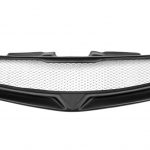

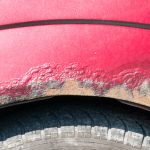
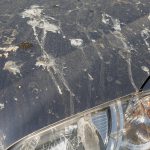

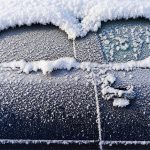
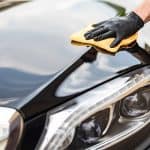
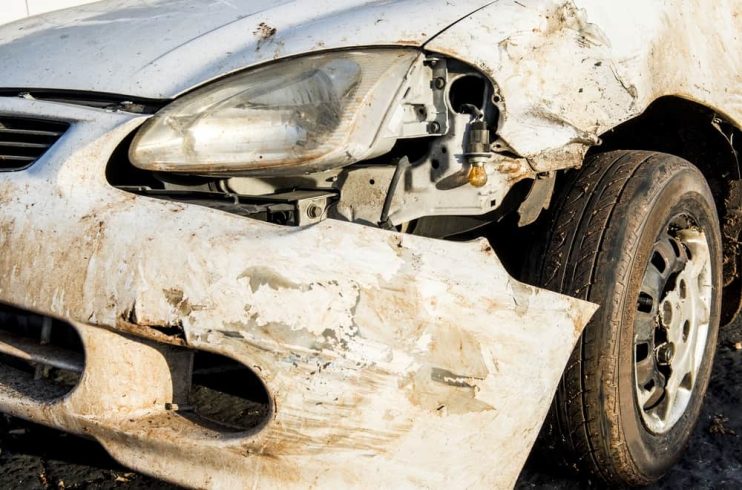
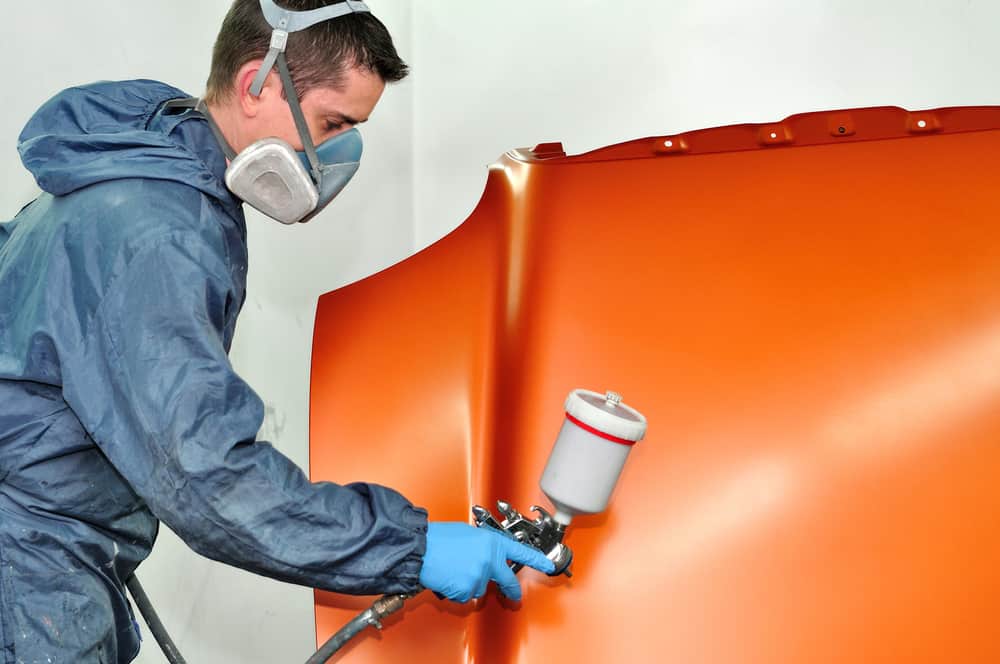
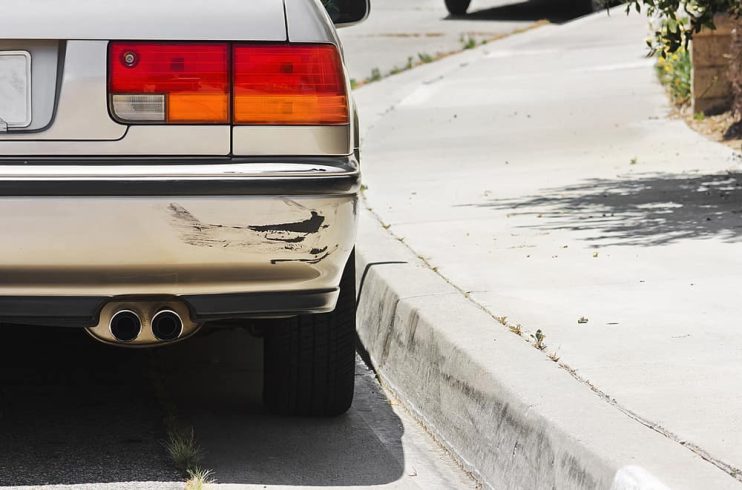
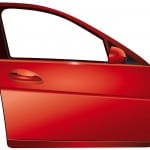

.png)